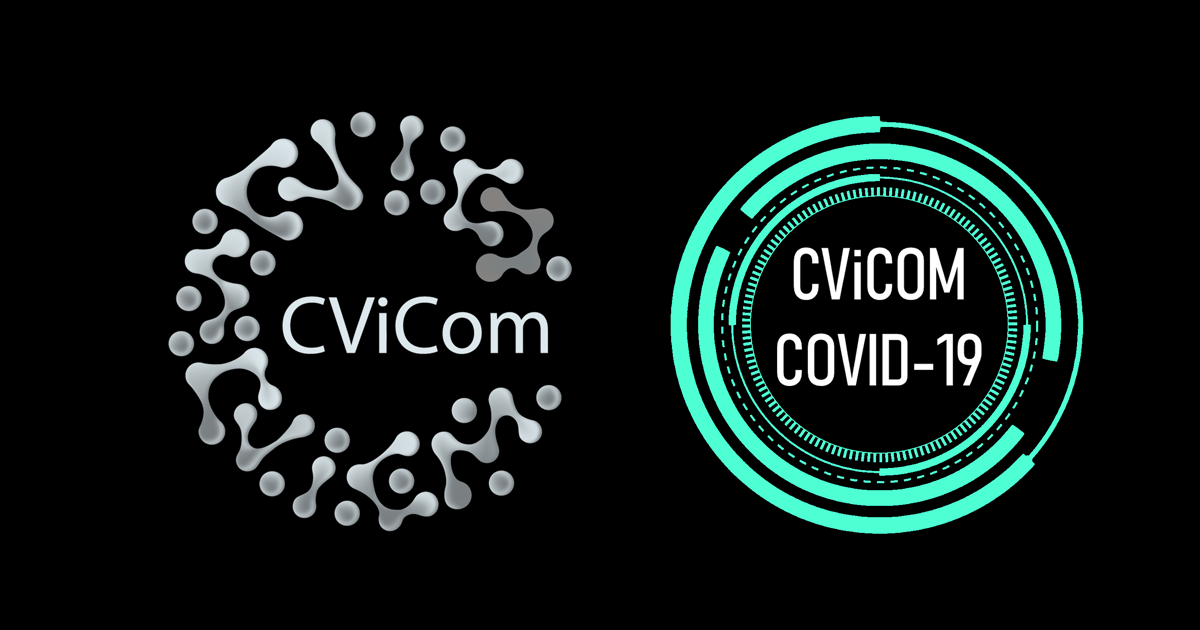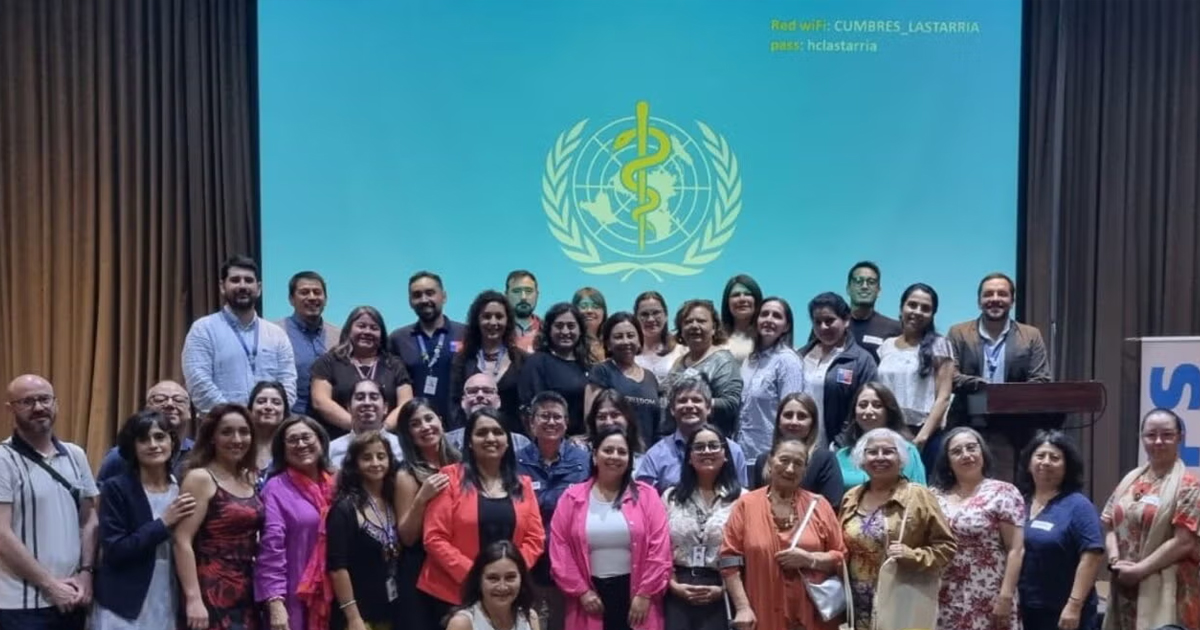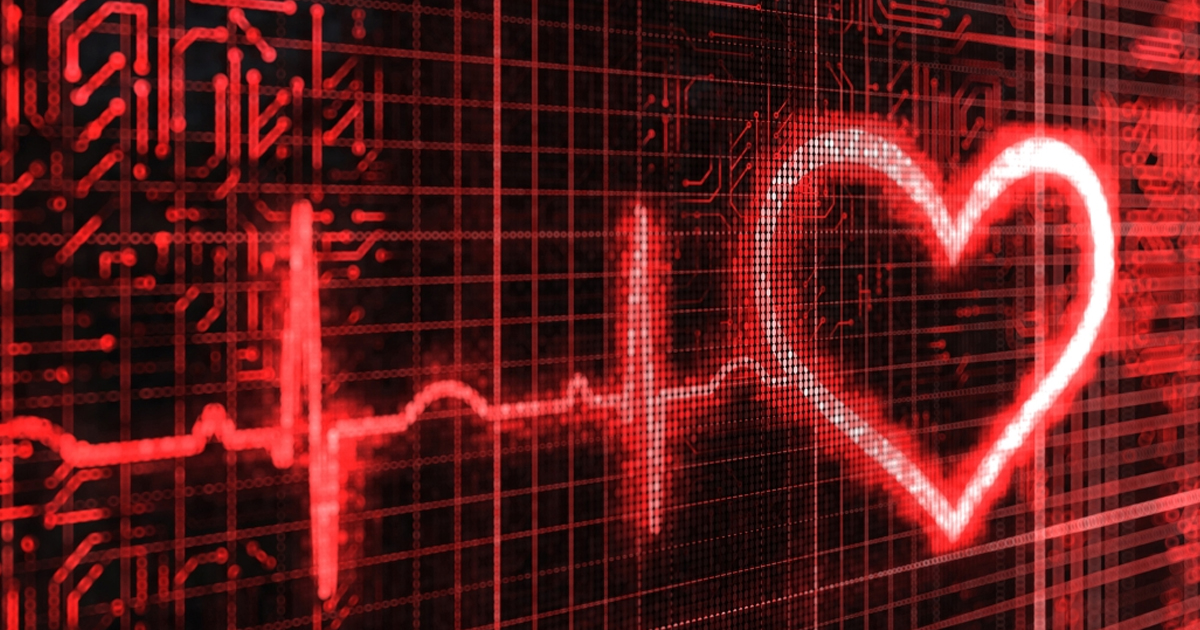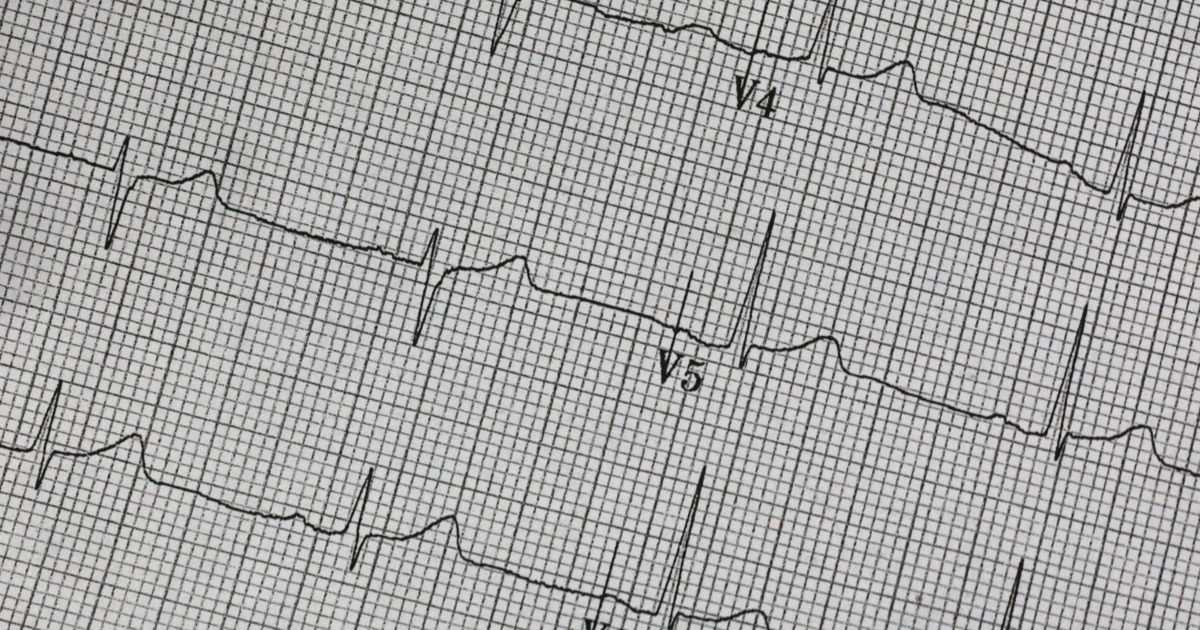A través del CViCom (Centro Virtual de Computación) alumnos y docentes desarrollaron una herramienta de auxilio al diagnóstico médico de COVID-19.
Académicos y alumnos de la UNAM en colaboración con el Centro Médico Nacional (CMN) “La Raza” perteneciente al Instituto Mexicano del Seguro Social, desarrollaron un sistema de cómputo para el auxilio al diagnóstico de COVID-19 a partir de análisis automatizado de imágenes médicas.
Esta iniciativa utiliza herramientas de visión computacional e AI (Artificial Intelligence) para el análisis de imágenes tomográficas computarizadas.
El sistema funciona gracias a métodos de visión computacional y de Deep Learning, que son redes neuronales computacionales que realizan millones de operaciones, programadas para ajustar de manera automatizada sus propios parámetros, esto gracias a un entrenamiento con bancos de imágenes tomográficas. Posteriormente, al término del entrenamiento, la red ajusta sus parámetros de forma completa y habrá aprendido a realizar su tarea con una exactitud del 90%.
El sistema utiliza técnicas de visión computacional de tomografías computarizadas de cortes axiales del tórax, los resultados se obtienen inmediatamente y sirven como soporte médico al detectar presencia de COVID-19 tomando en cuenta los datos clínicos de cada paciente.

De esta manera el sistema de cómputo automatizado, complementa la información disponible para el personal médico y así realizar diagnósticos más certeros de pacientes contagiados.
El grupo de trabajo está coordinado por el Dr. Boris Escalante Ramírez, quien es también el coordinador general del CViCom, explicó que este proyecto fue dirigido por académicos de la Facultad de Ingeniería y del Instituto de Investigaciones Matemáticas Aplicadas y en Sistemas, así como alumnos de diversos programas de estudios como posgrados de ciencia e Ingeniería de la Computación, así como de la licenciatura de Física Biomédica. Para desarrollar un sistema eficaz y pertinente para el sector salud, el proyecto contó con asesoría del CMN “La Raza”.
Actualmente el sistema en su versión 1.0 es utilizado por personal médico de dicho hospital, sin embargo, explicaron que estos resultados no representan un diagnóstico de COVID-19 sino que el médico debe utilizarlos en combinación con los datos clínicos de cada paciente para facilitar la detección y emitir diagnósticos más rápido con mayor certeza. El objetivo principal es que los médicos puedan dar un tratamiento al paciente de forma inmediata sin necesidad de esperar el resultado de la prueba que tarda varios días.
CVICOM UNAM







